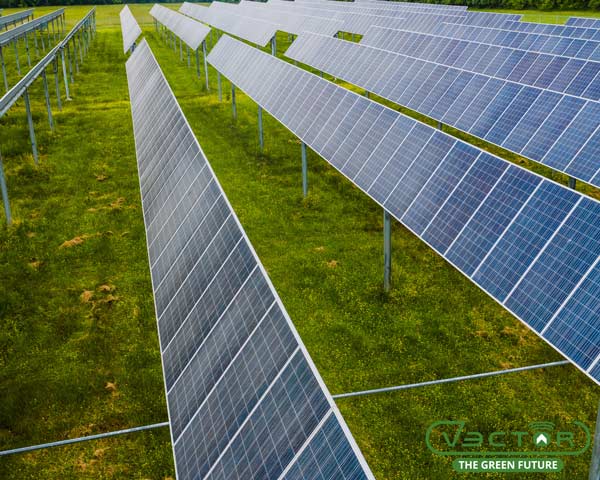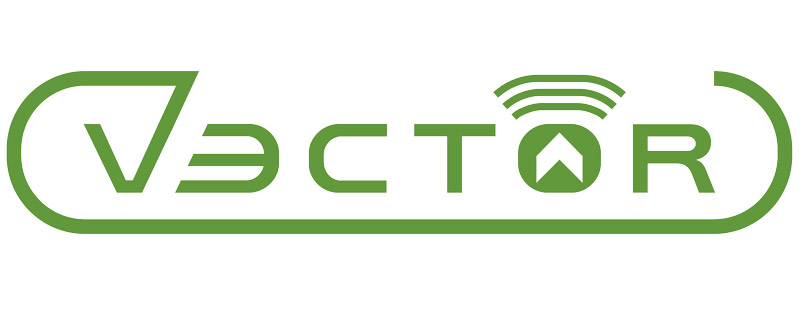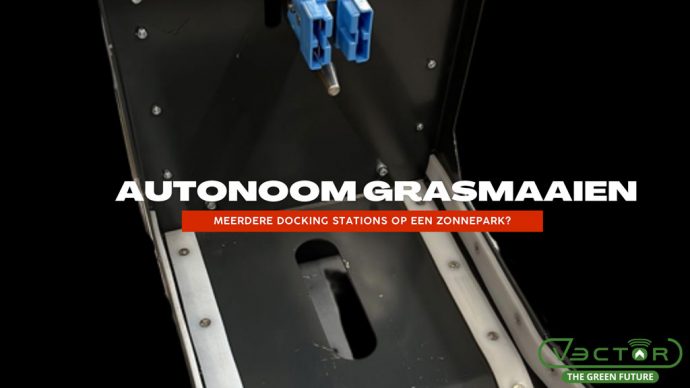Autonomous lawn mowing is getting more and more attention and interest, this form of lawn mowing without the need for human intervention. A docking station is one of the essential components of autonomous mowers. For large surfaces, such as solar parks, it may be wise to install several docking stations. In this article we will explain the function of a docking station for autonomous mowers and the possible added value of placing multiple docking stations.
What is a docking station for an autonomous mower?
A docking station is a base station for autonomous mowers where they return to recharge their batteries. The station serves as a home base for the mower, which automatically moves there when the battery charge level is low.
A docking station often also has a number of sensors to help the mower find the station. The station acts as a storage place for the mower when not in use.
How does a docking station work?
A docking station for an autonomous mower works as follows:
- De autonomous tool carrier drives back to the docking station as soon as the battery charge level is low.
- The docking station uses sensors to detect the machine and the charging port automatically connects to the charging port of the mower.
- The mower charges while it is docked.
- When the battery is fully charged, the mower will automatically return to the lawn to resume mowing where it left off when the battery was empty.
Advantages of a docking station
A docking station for an autonomous mower offers several advantages, including:
- Efficiency: The mower can autonomously return to the docking station to charge and does not require manual charging.
- Convenience: The user does not have to remove the batteries from the machine and connect them to the mains for charging.
- Safety: A docking station can provide a more secure storage place for the mower when not in use.
Characteristics of a docking station
A docking station for a self-propelled mower usually has the following features:
- Charging port: The charging port is where the mower automatically connects to when docked.
- Sensors: The (GPS) sensors help the mower to find the docking station and prevent the mower from colliding with the docking station.
- Inverter: The inverter ensures that the 230v power supply is converted into the correct voltage for the lithium battery
A docking station is an essential part of autonomous mowers and offers several benefits, such as efficiency, convenience, durability and safety. The docking station is the home of the mower.
Placing multiple docking stations on a solar park for autonomous lawn mowing?
As a company, we are constantly developing innovative solutions to reduce our environmental footprint and create a more sustainable future. One of the projects we are currently working on is the implementation of multiple docking stations on a solar park for autonomous lawn mowing.
When maintaining solar parks, it is important to ensure that the grass remains at the correct height to maintain the efficiency of the solar panels. This is true autonomous lawn mowing on solar parks comes into play. By using autonomous lawnmowers, we can carry out the maintenance of solar parks in an environmentally friendly and cost-efficient manner.
However, to further streamline and optimize the maintenance process, multiple docking stations are essential. These stations ensure that the lawnmower can be charged automatically. By placing multiple docking stations on the solar park, the efficiency of the maintenance process can be increased and potential downtime costs can be reduced. Distances on a solar park are often great. If there is always a charging station nearby, the robot does not have to return at 25% capacity, but can do so at 10%, which increases the range.

Another advantage of using multiple docking stations is that it is easier to locate and track the lawnmower. This can be useful in planning the maintenance of the solar park and minimizing the impact on day-to-day operations. Sheep often also roam a certain part of the park at a solar park. However, these sheep only eat the most beautiful grass and no weeds. You can therefore divide a solar park by using several docking stations.
As a company committed to sustainability, we see the implementation of multiple docking stations on a solar park with autonomous lawn mowing as an important step towards a greener future. By investing in innovative solutions like these, we can reduce our impact on the environment and contribute to a cleaner and more sustainable world.
Practical example self-propelled mowing machine
If you have a park of 100ha, this means 1 million m2. This may mean that a solar park is 500mtr by 2000mtr. If the robot is empty on one side and the charging station is on the other side, it must drive 2 km there and 2 km back. At a working speed of 4 km/h, this means 60 minutes of idle working time, which equates to 20% battery capacity that is not used usefully. For that reason, depending on the layout of the site, we recommend one or more docking stations in some cases.

